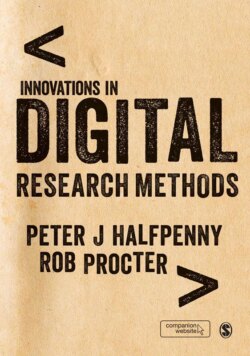Читать книгу Innovations in Digital Research Methods - Группа авторов - Страница 48
На сайте Литреса книга снята с продажи.
2.3.2 Data on Consumer Behaviour
ОглавлениеIn the UK, a key survey of consumer behaviour and household spending is the Family Resources Survey (FRS),46 which is a continuous survey with an annual target sample size of 24,000 private households. The survey began in 1992. Households interviewed in the survey are asked a wide range of questions about their key demographics and their circumstances (including receipt of welfare benefits, housing costs, assets and savings). An end-user licence version of the data with reduced detail is available via download from the UK Data Service. A special licence version of the FRS is available to approved researchers via the Secure Data Service as described above. The special licence version includes additional variables and increased detail on some variables, particularly geographic location.47 Access to such data is free or available for a minimal administration fee.
Real time consumption data (a type of consequential data) is also now collated by online companies and supermarkets via loyalty cards. Such data are held on restricted access databases; however, samples have been made available for social science researchers.48 The data are of considerable commercial value to the companies and organizations that collect and warehouse them. Alongside individual records of behaviour, data mining techniques can be used to identify associations and patterns in the data. For example, the company Dunnhumby works closely with supermarkets and other retailers examining purchasing patterns in order to target marketing and product range, and optimize the personalization of consumer experience.49 Consumer profiling organizations such as CACI provide data products that contain hundreds of individual-level variables including income, spending, media consumption and types of leisure activities.50 As outlined above, these data products link multiple sources including: surveys, product warranty forms, public records, administrative records such as the Electoral Register, house sale information and consumption records.
Online search engines such as Google and retailers such Amazon collate search patterns and profile customers by page visits and purchases. Samples of this data (for example, Google Trends and Google Analytics) are made available either freely or for purchase. In terms of administrative records, government departments hold consequential data on benefits claims and payments at the individual level. This could, in principle, be combined with survey data to research patterns in consumer behaviour. Such databases can be so large that the importance of making inferences from a sample to a population is of less concern for certain types of research.
